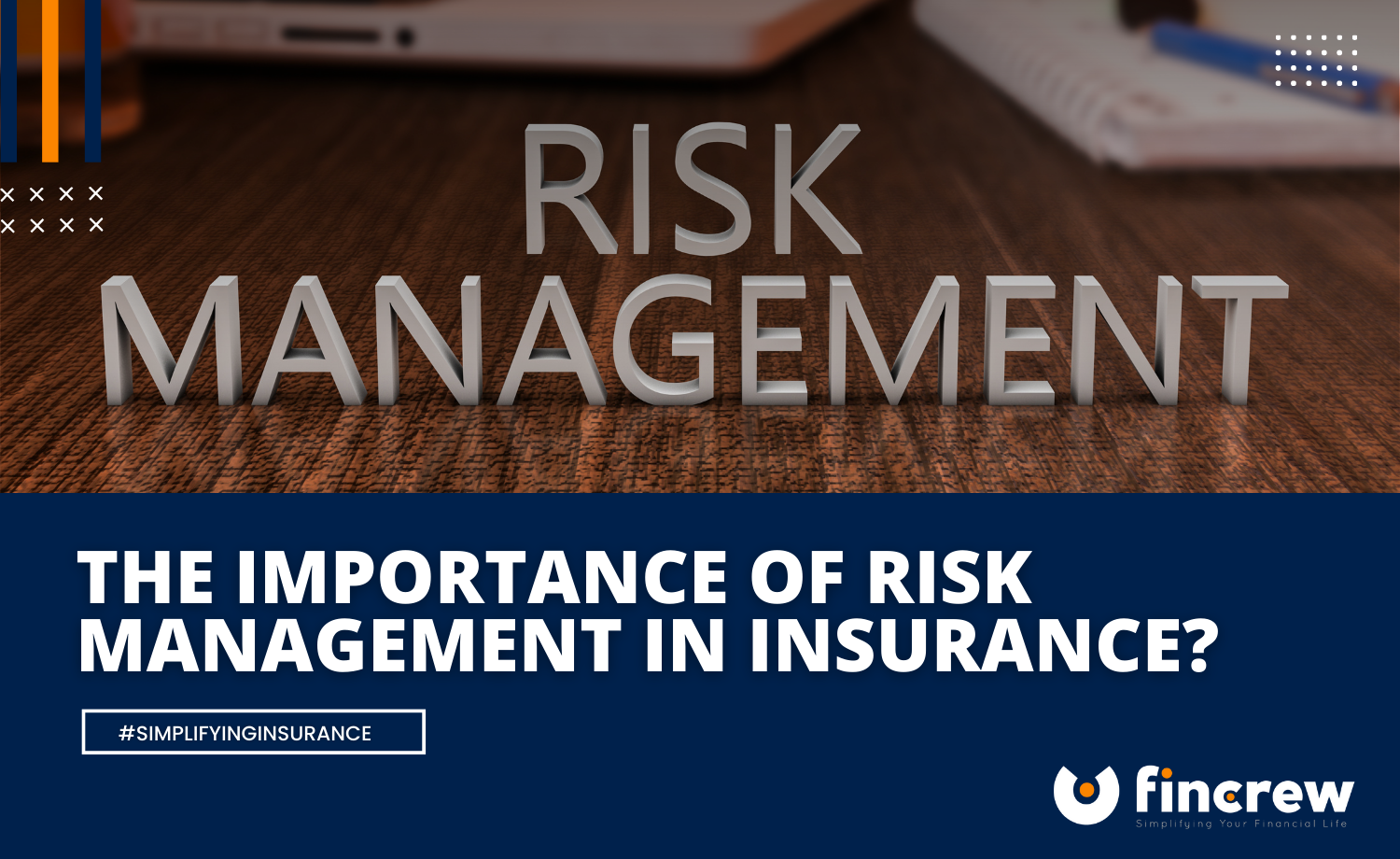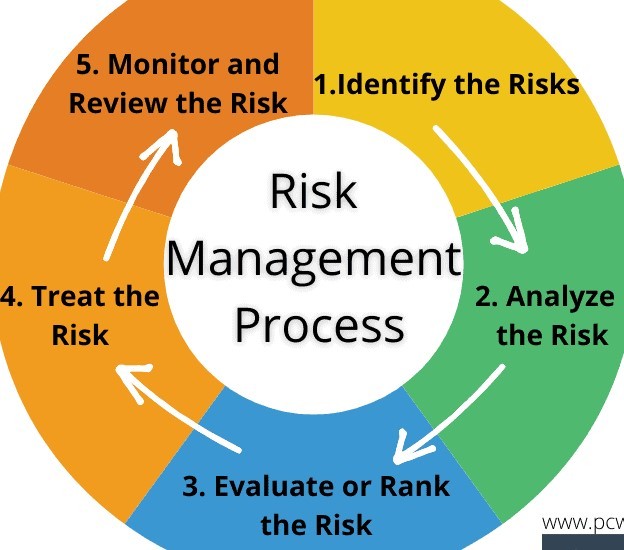The Rising Importance of Risk Management in Health and Safety
The Rising Importance of Risk Management in Health and Safety
Blog Article
The Relevance of Comprehending the Relevance of Risk Management in Different Industries

The Core Concept of Risk Management and Its Function
Risk Management, the cornerstone of numerous markets, pivots on the identification, examination, and reduction of uncertainties in a company environment. By properly identifying prospective risks, businesses can create techniques to either avoid these dangers from happening or lessen their effect. As soon as threats have been identified and reviewed, the reduction procedure includes creating strategies to reduce their possible impact.
Advantages of Executing Risk Management in Company Workflow

Revealing the Function of Risk Management in Different Industries
While every market challenges its unique collection of dangers, the implementation of Risk Management approaches remains a common denominator in their search of sustainability and development. In the health care sector, Risk Management entails making sure client safety and security and data protection, while in financing, it includes mitigating investment threats and guaranteeing governing compliance. Inevitably, the duty of Risk Management across markets is to determine, assess, and reduce dangers.
Real-life Situation Researches Demonstrating Successful Risk Management
To understand the value of Risk Management in these many markets, one can want to a number of real-life circumstances that highlight the effective application of these measures. For instance, in the power sector, British Petroleum established Risk reduction prepares post the 2010 Gulf of Mexico oil spill. They executed far better safety and security treatments and more stringent policies which dramatically reduced more crashes. In money, Goldman Sachs effectively browsed the 2008 monetary dilemma by recognizing potential mortgage-backed safeties threats early. Last but not least, Toyota, publish the 2011 quake in Japan, revised its supply chain Management to lessen interruption threats. These instances show how industries, gaining from crises, effectively applied Risk Management strategies to decrease future dangers.
Future Trends and Advancements in Risk Management Techniques
Cybersecurity, as soon as an outer worry, has catapulted to the forefront of Risk Management, with approaches concentrating on avoidance, discovery, and reaction. The assimilation of ESG (Environmental, Social, Governance) elements right into Risk Management is another growing trend, mirroring the boosting acknowledgment of the role that environmental and social threats play in company sustainability. Therefore, the future of Risk Management lies in the combination of innovative innovation, innovative approaches, and a holistic approach.
Final thought
In verdict, understanding the importance of Risk Management across a spectrum of sectors is essential for blog here their durability and success. Ultimately, effective Risk Management contributes to extra durable and sustainable organizations, highlighting the relevance of this method in today's very competitive and dynamic company setting.
While every market confronts its unique collection of risks, the application of Risk Management methods stays a common in their quest of sustainability and growth. In the medical care industry, Risk Management requires ensuring patient safety and security and information security, while in finance, it involves mitigating investment threats and ensuring governing conformity. Eventually, the role of Risk Management across sectors is to identify, analyze, and minimize threats. These cases show exactly how sectors, learning from situations, properly used Risk Management approaches to decrease future threats.

Report this page